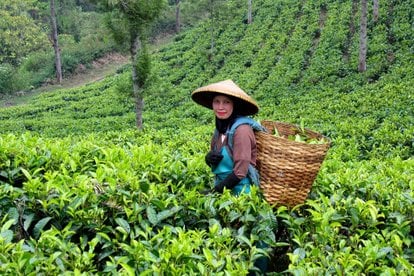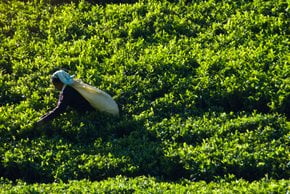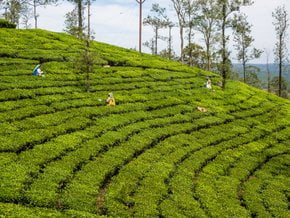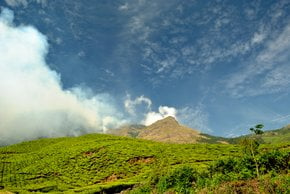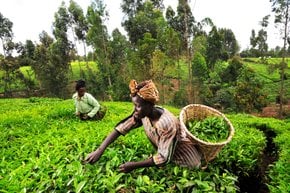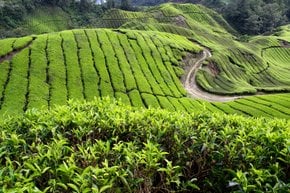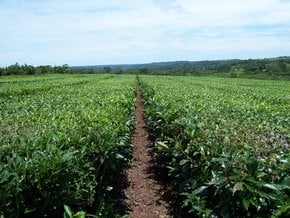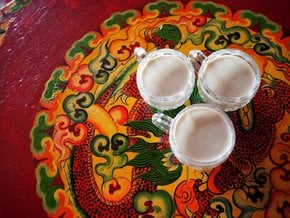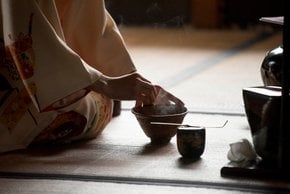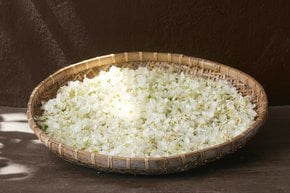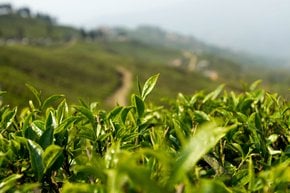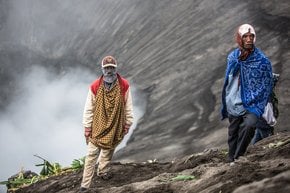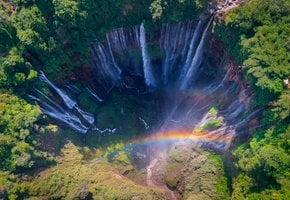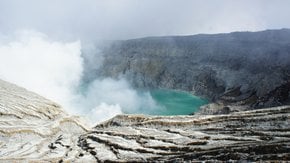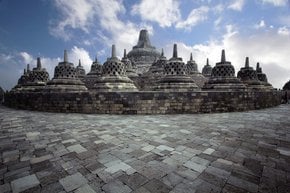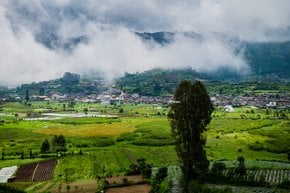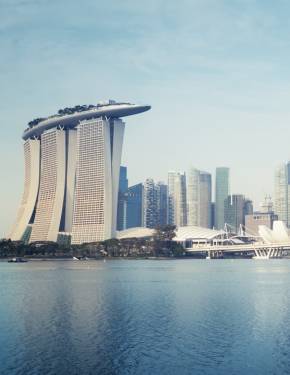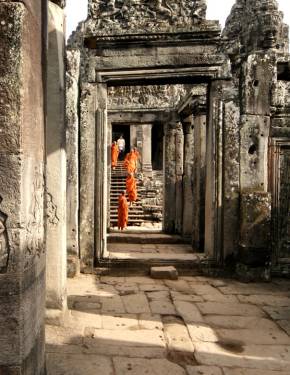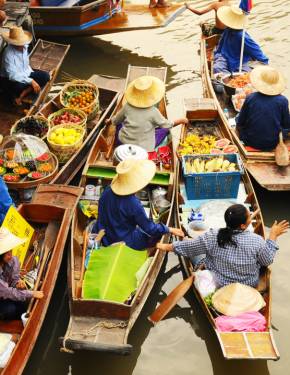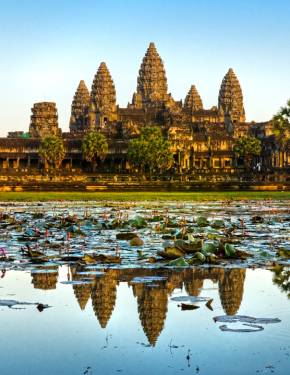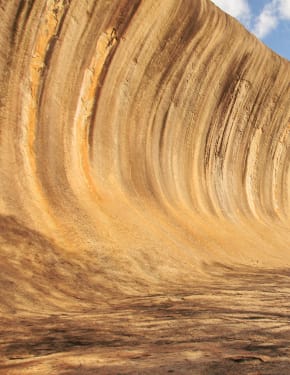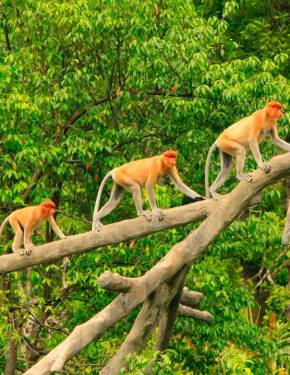Tea Harvest in Java 2024-2025
Visit beautiful Indonesian tea plantations where tea leaves are picked by hand
Best time: all year round
Indonesia currently occupies the seventh place in the list of the world's largest tea producers. Its major tea growing areas are Central and West Java, as well as North Sumatra. Due to massive palm oil production, tea growing, which is less profitable, has somewhat declined in recent years. However, tea is still one of the main crops of Indonesia.
Tea production started in Indonesia under Dutch colonial rule. Black tea is the most widespread type of tea in Indonesia. To learn more about this crop, you can visit biggest tea plantations of Indonesia—Gibuna, Taloon, Santosa, and Malabar.
Gunung Mas is the closest big tea plantation to Jakarta. It's located 90 kilometers south of the capital. The Gunung Mas tea plantation was founded in the Dutch colonial era and now is owned by the state. The plantation covers the area of about 2500 ha. You can observe tea-pickers as well as drying, processing and packaging of the tea with the help of antique machinery. Local tea is exported all over the world, and to such brands as Twinings and Pickwick.
Tea is harvested in Indonesia all year round as the volcanic soils are fertile and the air is always warm. Some people consider the dry season a better time to visit tea farms, though.

